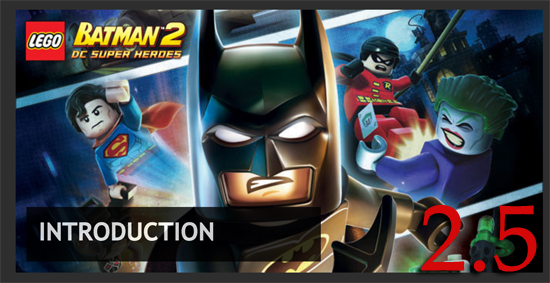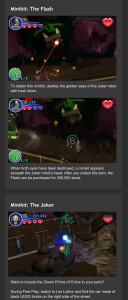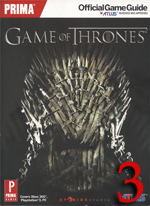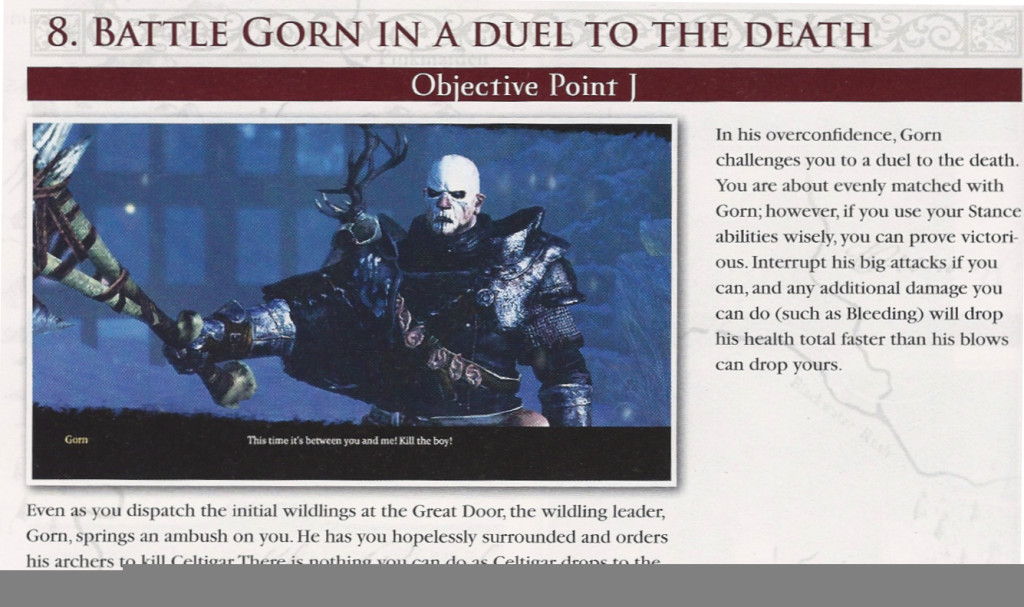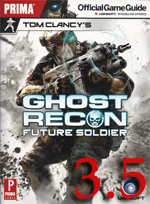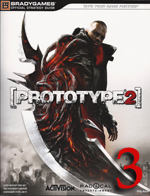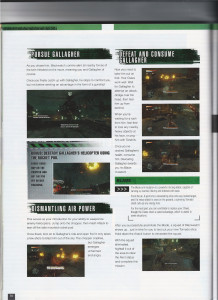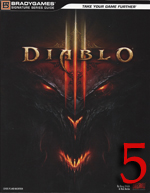Like most LEGO games, LEGO Batman 2 on handhelds differs from its incarnation on consoles. As such, Prima Games did create a separate strategy guide specifically for this version. However, unlike what they have done in the past, this time Prima did not bundle the two strategy guides into one book; instead, their handheld strategy guide was sold as online only. Fortunately, if you bought the print book, you received a code for this guide for free. If you bought the book whilst only owning the handheld game, then it’s not so fortunate for you. Speaking of being unfortunate, the handheld strategy guide is hardly as accurate or thorough as the console guide. In fact, some the minikit locations differ in both the walkthroughs and the appendices, and there is no Trophy guide for the Vita version.
The online guide is a conglomeration of both the console online guide and the handheld guide, and it appears as though there was no cross-checking in certain portions to make sure the console advice hadn’t bled into the handheld side. If they had truly separated the online guide into console and handheld sections, this would have most likely been avoided. Instead, the walkthroughs are kind of a mess; in the midst of the walkthroughs, handheld walkthroughs are interlaced with notations that they are for the handhelds, not the consoles, so you see repetitive content that breaks up the flow, as depicted in the image on the right. As a result, this guide is best left for looking up collectibles and not much else.
That said, however, depending on where you look within the guide, the collectible locations/prerequisites aren’t accurate. Sometimes it’s accurate within the walkthrough, as the walkthroughs do point out differences between the console and handheld collectible locales. However, sometimes these differences are not pointed out, so it’s the appendices that are accurate. It causes quite a bit of confusion and frustration, something that could have easily been avoided if
- the handheld and console guides were separated out into their own distinct guides; and
- someone had double-checked for handheld/console confusion.
In addition, the Trophy tips provided in this walkthrough are for the consoles only. The guide either didn’t take into account that the Vita Trophies are different or the team just forgot to add the section all-together. Considering that I have no idea whether I’m not getting a couple of the Trophies due to either not doing it right or a game glitch (LEGO games are infamous for these), I would have personally loved some Trophy tips.
At the very least, the story-mode for the handhelds is exactly the same as the console–albeit some of the abilities and costumes vary–so the walkthroughs do guide you very well as to what you need to do to progress. As anyone who has played LEGO games in the past knows, it’s not always obvious what you’re supposed to do next, but when you figure it out, you want to smack yourself for not seeing it earlier. The guide helps you smack yourself sooner (I call it the “Portal Effect”). This portion of the guide is practically its only savior.
But yes, there is another saving factor to the online guide! The handheld version of the game features a “mission mode” that is virtually little more than a survival session. Players have to survive so many rounds of onslaughts of enemies, and each round features a different character the player must control. So once you get used to a character, it’s time to learn a new one on the fly. Players start off with a gold trophy, but if you do so often, you drop down to a silver trophy. Die some more, and it’s bronze for you. The only reasons why it’s even worth playing this mode are for unlocking new characters and for the gold PSN Trophy you can earn from getting gold trophies in all missions. It’s just as much of a beating as it sounds, and fortunately, the handheld version of the LEGO Batman 2 strategy guide has survival tips for each round. For platinum Trophy hunters, these tips can help you avoid a great number of headaches–not to mention tedium.
All in all, it’s extremely disappointing that this handheld LEGO Batman 2 strategy guide was not included in the print guide at all, as Prima Games has done in past LEGO games. If it was in print, we’d most likely see more quality assurance with all of these problems listed above. Considering how great their print guide for the consoles has been so far, it’s an absolute shame this one isn’t as up to snuff.
